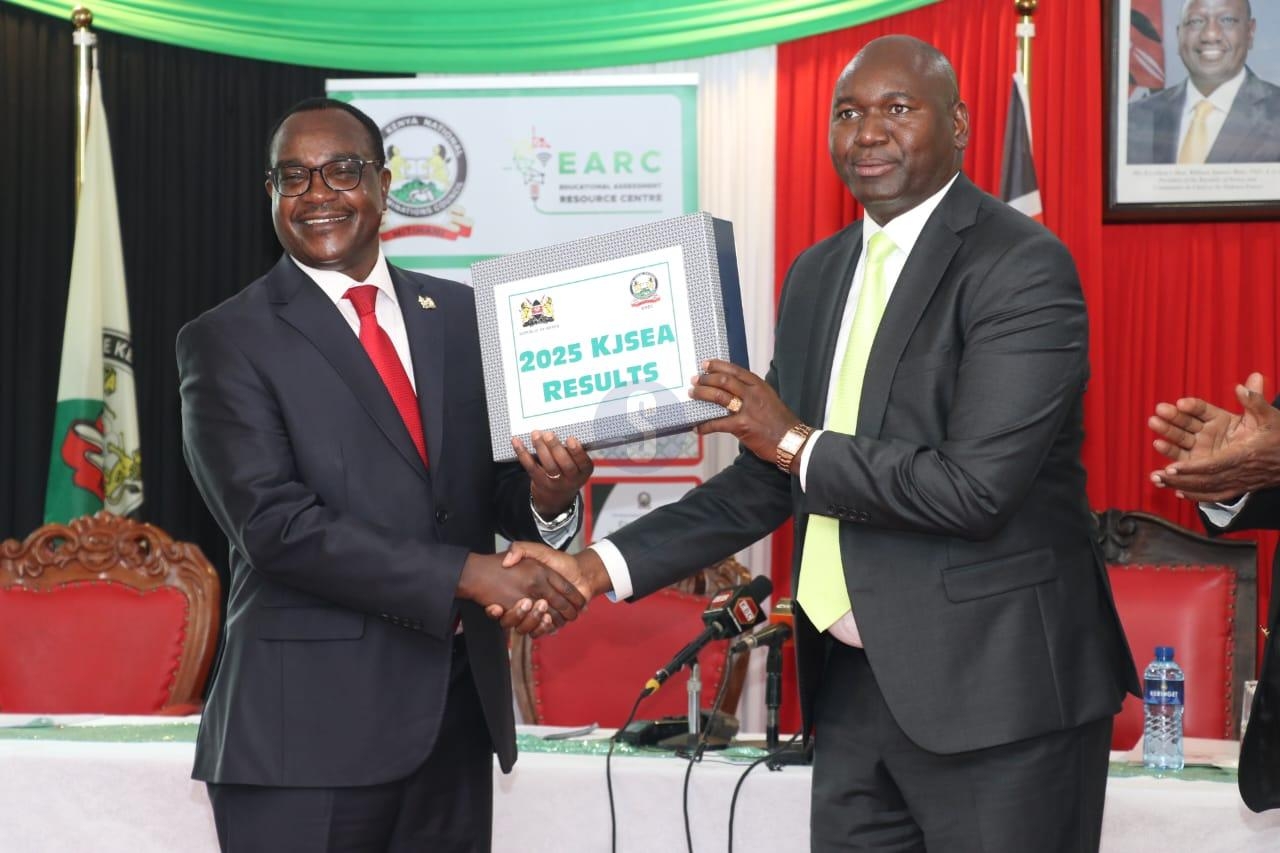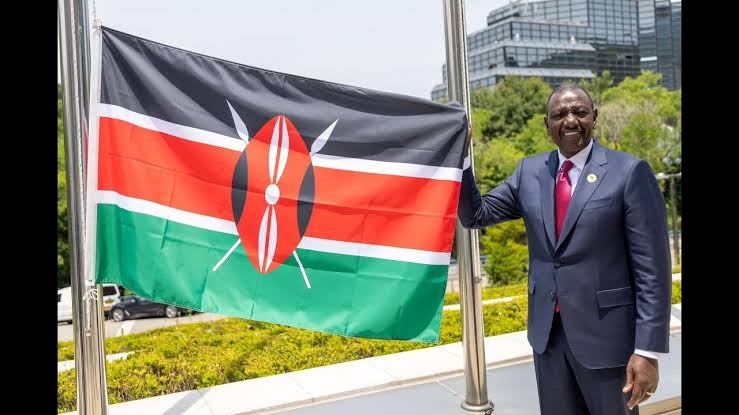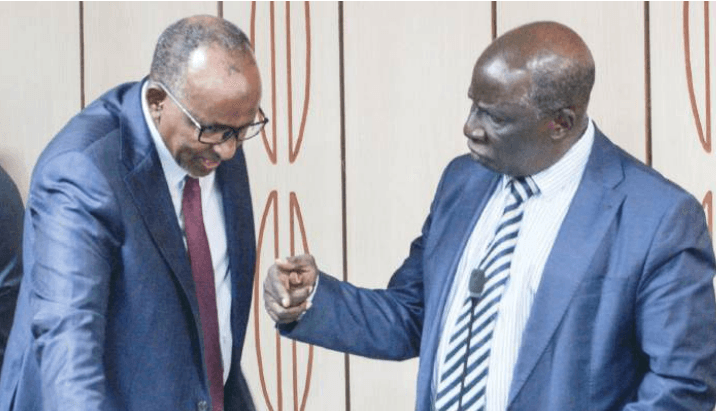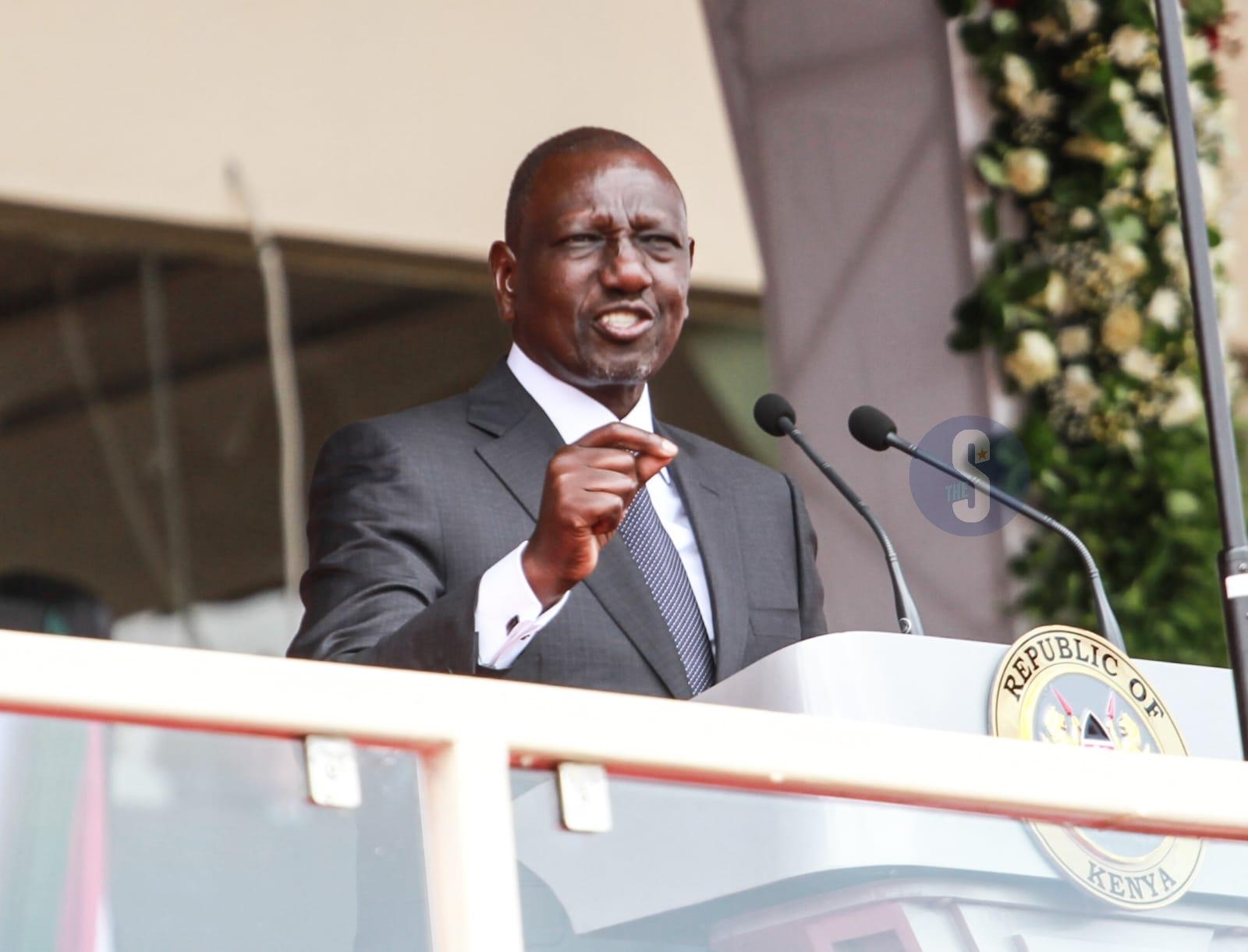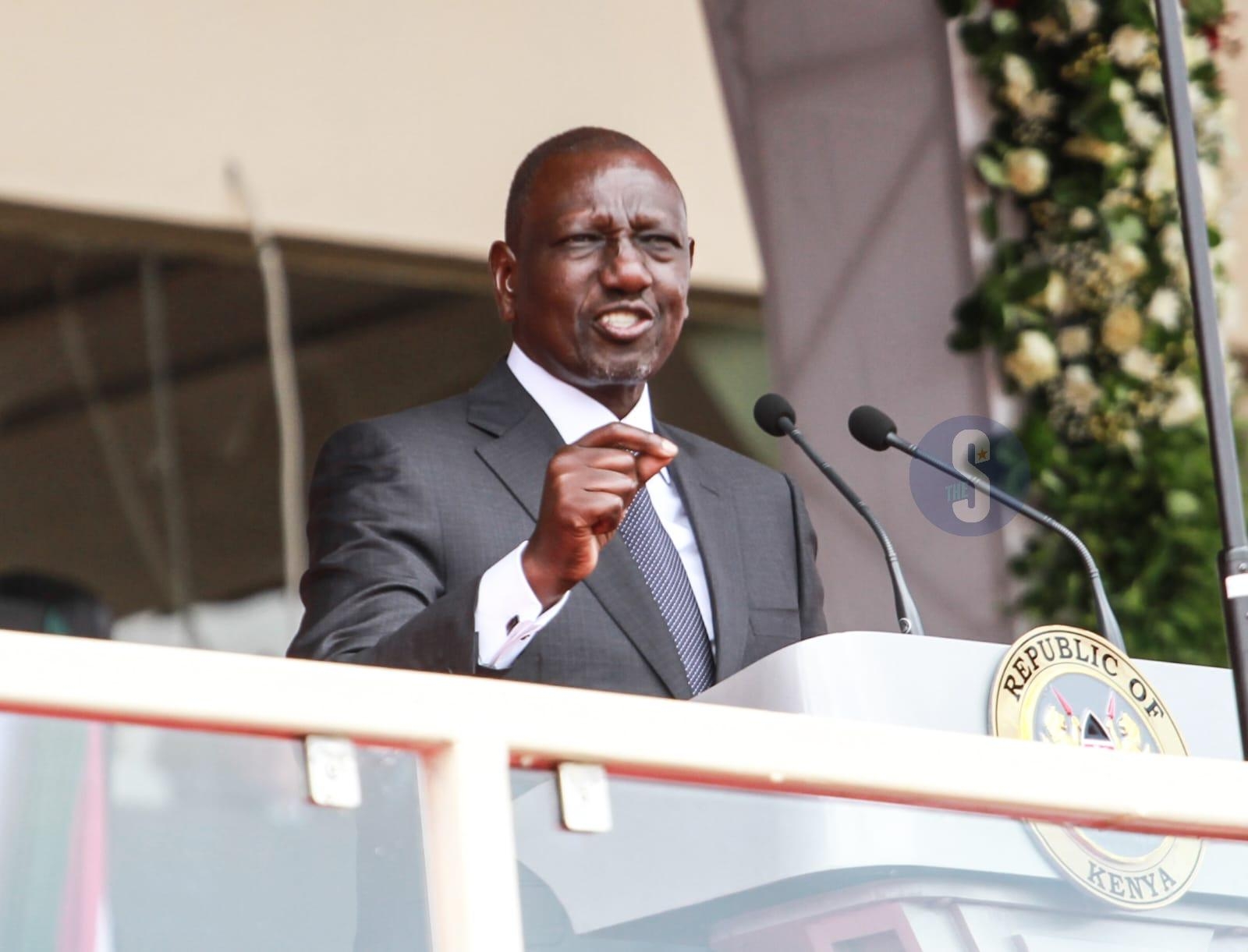The elections-related fever saw more foreign investors at the Nairobi Securities Exchange (NSE) exit the market in the quarter ending September 30.
According to the Capital Markets Soundness Report (CMSR) released by the Capital Markets Authority (CMA) on Tuesday, the bourse witnessed a further foreign investor equity net outflow of Sh6.97 billion during the quarter.
The bourse recorded an outflow of Sh10.9 billion in the previous quarter as investors opted for high-yielding jurisdictions. The foreigners had pulled out Sh1.6 billion worth of investments in the first quarter that ended in March.
This is attributed to the Kenya general elections with foreign investors taking a cautionary stance whilst exiting the market to chase yield in their home markets as interest rates rise there.
"This posed a major risk to the secondary market as the market activity is largely driven by foreign investors,'' director of policy and market development at CMA Luke Ombara said.
He adds that the trend was occasioned by a combination of factors including the search for yield in other jurisdictions and foreign exchange administration pressures.
Despite the high outflows, foreign investors still commanded activities at the Nairobi bourse.
According to the CMA Q2 2022 Statistical bulletin, average foreign investors’ participation was 61.54 per cent compared to 54.88 per cent recorded in the first quarter.
Even so, foreign corporate investors decreased to 115 from 1219 in Q1, while individual foreign investors increased to 13,745 from 13,723.
Foreign investors remained net sellers during the quarter under review, with a net selling position of $58.4 million (Sh7.1 billion), from a net selling position of $91.1 million (about Sh11 billion) in the quarter to June 30.
According to Ombara, this can be mitigated by initiatives such as day trading, investor education, market-deepening engagements with domestic institutional investors and the use of technology to drive domestic retail investor participation.
Investor apathy continued to manifest overall in the markets, with NSE market capitalisation decreasing to less than Sh2 trillion.
The 24th edition of the soundness report themed, "Leveraging the Capital Markets to support the Kenya Kwanza Economic Blue Print’’shows NASI, NSE 20 and NSE 25 share indices shed 0.6, 0.49, and 0.89 per cent respectively.
Before the general elections in July, NSE All Share Index was relatively high at 1.03 per cent.
This took their Year-to-date performance to losses of 23.2 per cent, 10.3 per cent and 17.4 per cent respectively.
The equities market performance during the quarter was driven by gains recorded by large-cap banking stocks such as NCBA which gained 28.4 per cent as well as Absa and Standard Chartered Bank 9.6 per cent each, while Co-operative Bank gained 8.7 per cent.
The gains were however weighed down by losses recorded by other large-cap stocks such as Bamburi of 0.7 per cent.
The equity turnover ratio in Q3 reduced slightly to 1.08 per cent from 1.26 per cent.
The report shows that tighter monetary policy has had far-reaching implications for the global capital market given the fact that it dampens economic growth.
Key global capital markets indicators have declined to evidence the negative investor sentiments posed by the potential of an economic recession.
For instance, the global capital markets registered negative returns with the MSCI World Index and Emerging Market Index declining by 6.19 per cent and 11.57 per cent respectively in US dollar terms, between July 1 and September 30.


